The modern business landscape is increasingly reliant on data. Traditional methods of decision-making are often slow, subjective, and prone to errors. Organizations that embrace a ‘data-driven’ approach – meaning they prioritize using data to inform their choices – are experiencing significant improvements in efficiency, profitability, and overall performance. This shift isn’t just a trend; it’s a fundamental necessity for survival and success in today’s competitive environment. Data-driven decision making is no longer a ‘nice-to-have’ – it’s a core competency for any organization aiming to thrive. This article will explore the principles, benefits, and practical steps involved in implementing a robust data-driven approach to decision-making.
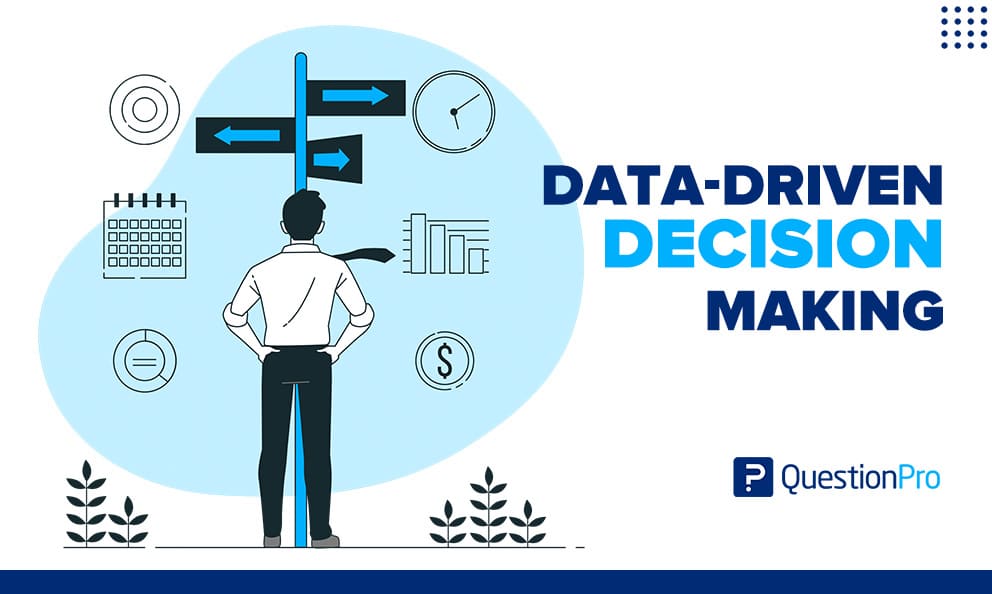
Understanding the Foundation: Why Data Matters
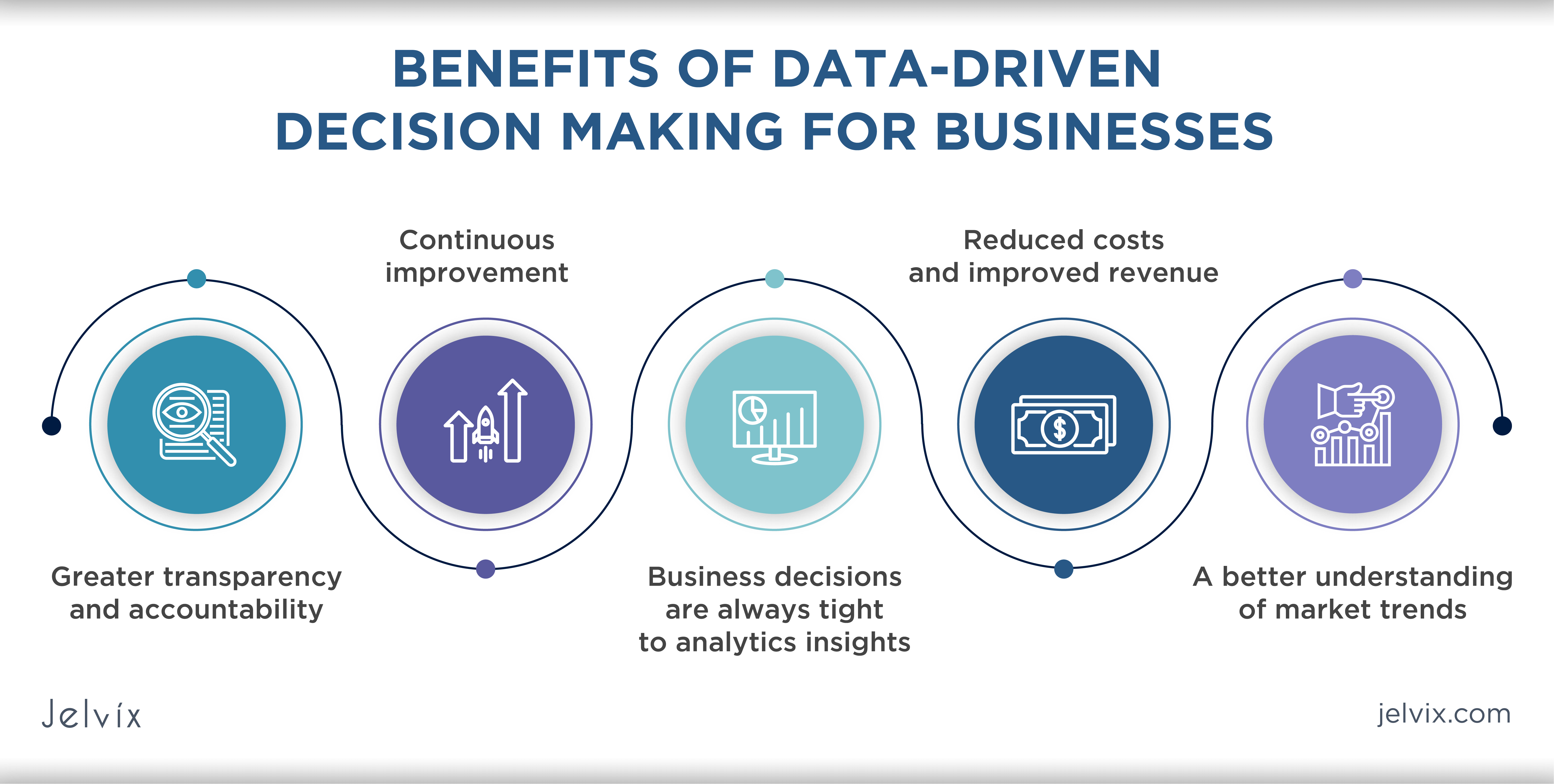
The core of a data-driven approach lies in recognizing that raw data is just information. It’s the process of collecting, analyzing, and interpreting that data to identify patterns, trends, and insights that can inform strategic choices. Without a solid foundation of data, decisions are often based on intuition, guesswork, or anecdotal evidence – leading to potentially flawed outcomes. The ability to translate data into actionable intelligence is what truly differentiates successful organizations. Consider the difference between a company that relies solely on gut feelings and one that uses data to understand customer behavior, market trends, and operational efficiency. The latter consistently delivers better results. Furthermore, understanding why a decision was made is crucial – not just what the decision was, but the reasoning behind it.
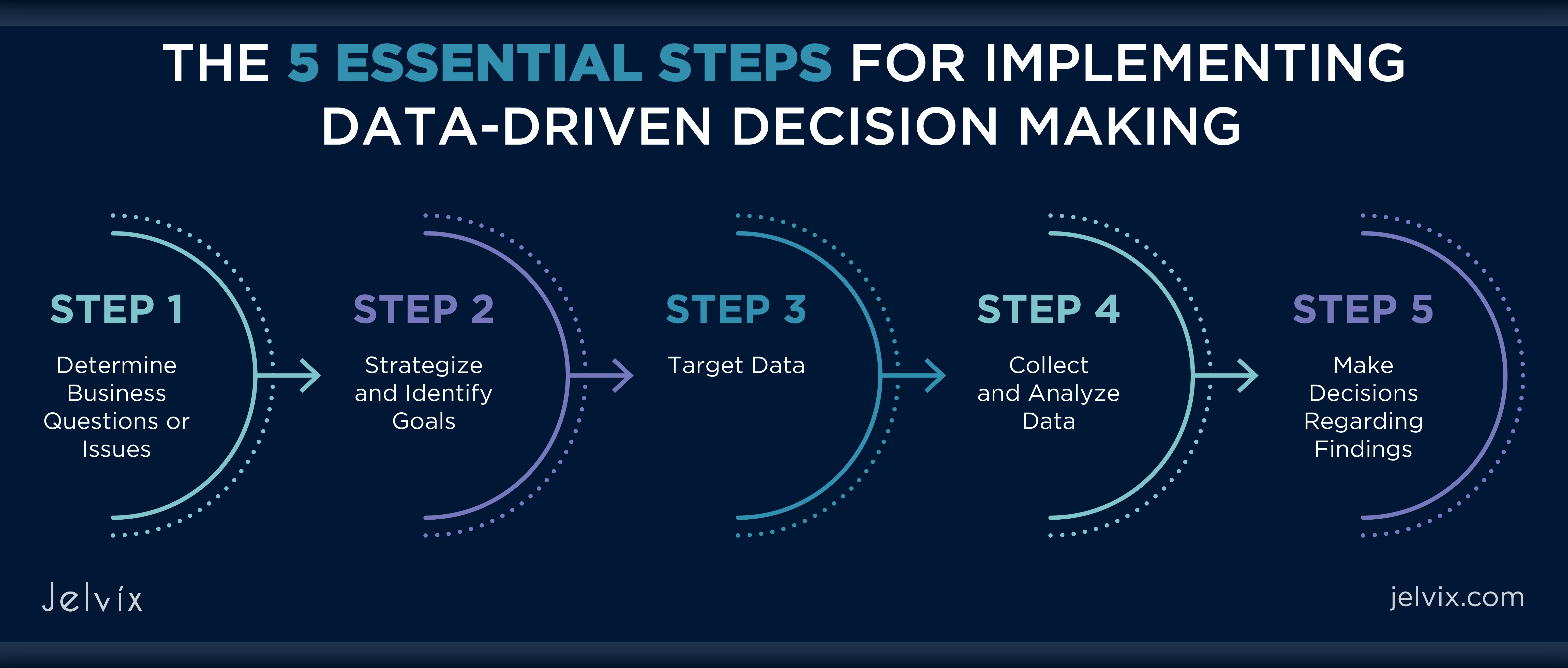
The Key Components of a Data-Driven System
Implementing a truly effective data-driven system requires a multi-faceted approach. It begins with establishing a clear data strategy, which involves defining goals, identifying relevant data sources, and establishing data governance policies. Here are some key components:
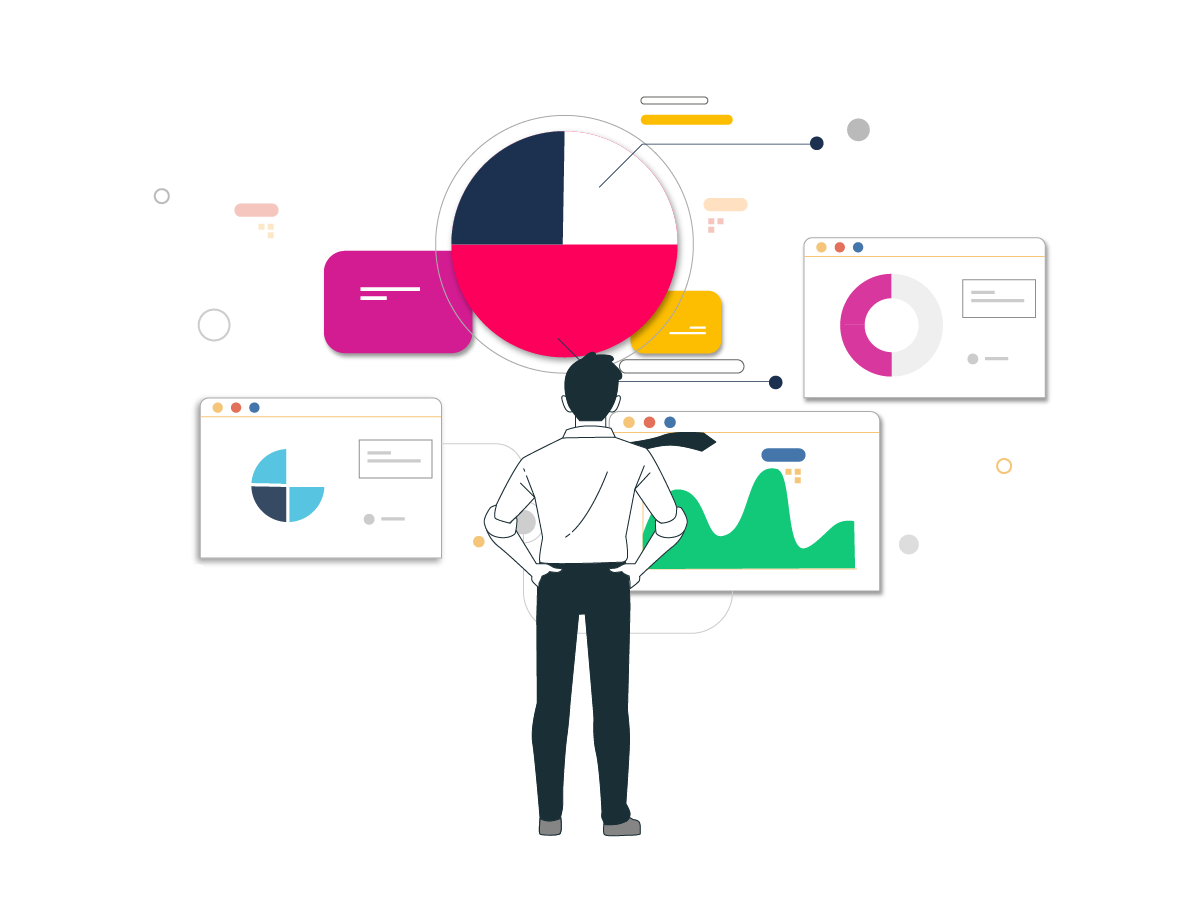
- Data Collection: This is the first and often most challenging step. Organizations need to identify where their data resides – internal databases, CRM systems, marketing analytics platforms, social media feeds, and more. Investing in robust data collection tools and processes is essential.
- Data Storage & Management: Once data is collected, it needs to be stored securely and efficiently. Cloud-based solutions offer scalability and accessibility, while data warehouses and data lakes provide the infrastructure for large-scale data analysis.
- Data Analysis & Visualization: This is where the real power of data comes into play. Tools like Excel, SQL, and business intelligence platforms (e.g., Tableau, Power BI) allow analysts to explore data, identify trends, and create visualizations that communicate insights effectively.
- Data Interpretation & Action: Simply collecting and analyzing data isn’t enough. The next step is to interpret the findings and translate them into actionable recommendations. This requires collaboration between data analysts and business stakeholders.
Benefits of Embracing Data-Driven Decision Making
The advantages of adopting a data-driven approach are numerous and far-reaching. Here’s a breakdown of some key benefits:
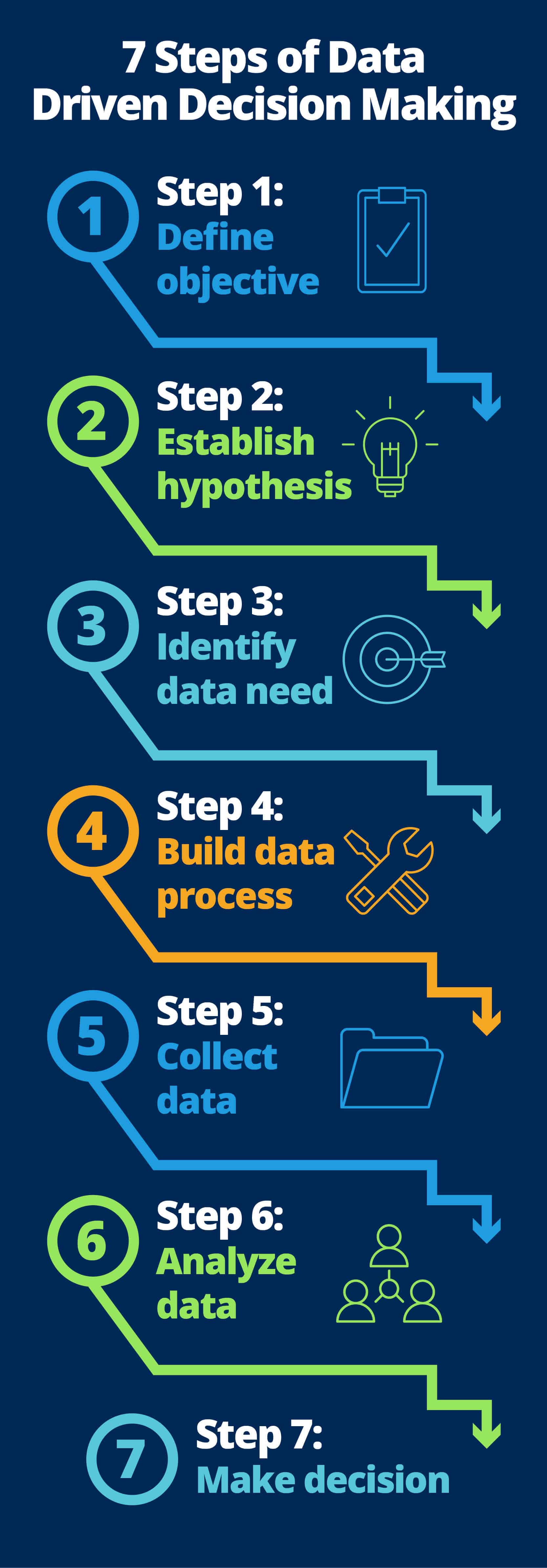
- Improved Accuracy: Data-driven decisions are less susceptible to bias and human error than traditional methods.
- Increased Efficiency: By identifying bottlenecks and inefficiencies, data analysis can lead to streamlined processes and reduced costs.
- Enhanced Customer Understanding: Analyzing customer data – purchase history, demographics, website behavior – allows businesses to personalize their offerings and improve customer satisfaction.
- Better Risk Management: Data can be used to identify potential risks and vulnerabilities, allowing organizations to proactively mitigate threats.
- Increased Revenue: Data-driven insights can identify new market opportunities, optimize pricing strategies, and improve sales performance.
- Competitive Advantage: Organizations that consistently leverage data to make informed decisions gain a significant competitive edge.
Specific Examples of Data-Driven Success
Let’s look at some concrete examples of how businesses are successfully utilizing data-driven decision making:

- Retail: Analyzing sales data to identify popular products, optimize inventory levels, and personalize promotions. For example, a clothing retailer might use data to determine which styles are trending and adjust their inventory accordingly.
- Healthcare: Using patient data to identify patterns of disease, personalize treatment plans, and improve patient outcomes. Analyzing electronic health records can reveal risk factors and allow for proactive interventions.
- Finance: Employing data analytics to detect fraudulent transactions, assess credit risk, and optimize investment strategies. Machine learning algorithms can identify anomalies that would be missed by human analysts.
- Manufacturing: Using sensor data from equipment to predict maintenance needs, optimize production schedules, and improve product quality. Real-time monitoring of production processes allows for immediate adjustments to maintain efficiency.
- Marketing: Analyzing website traffic data, social media engagement, and customer surveys to optimize marketing campaigns and improve ROI. A/B testing based on data insights is crucial for maximizing campaign effectiveness.
Overcoming Challenges to Data-Driven Implementation
While the benefits are clear, implementing a data-driven approach isn’t without its challenges. Some common obstacles include:
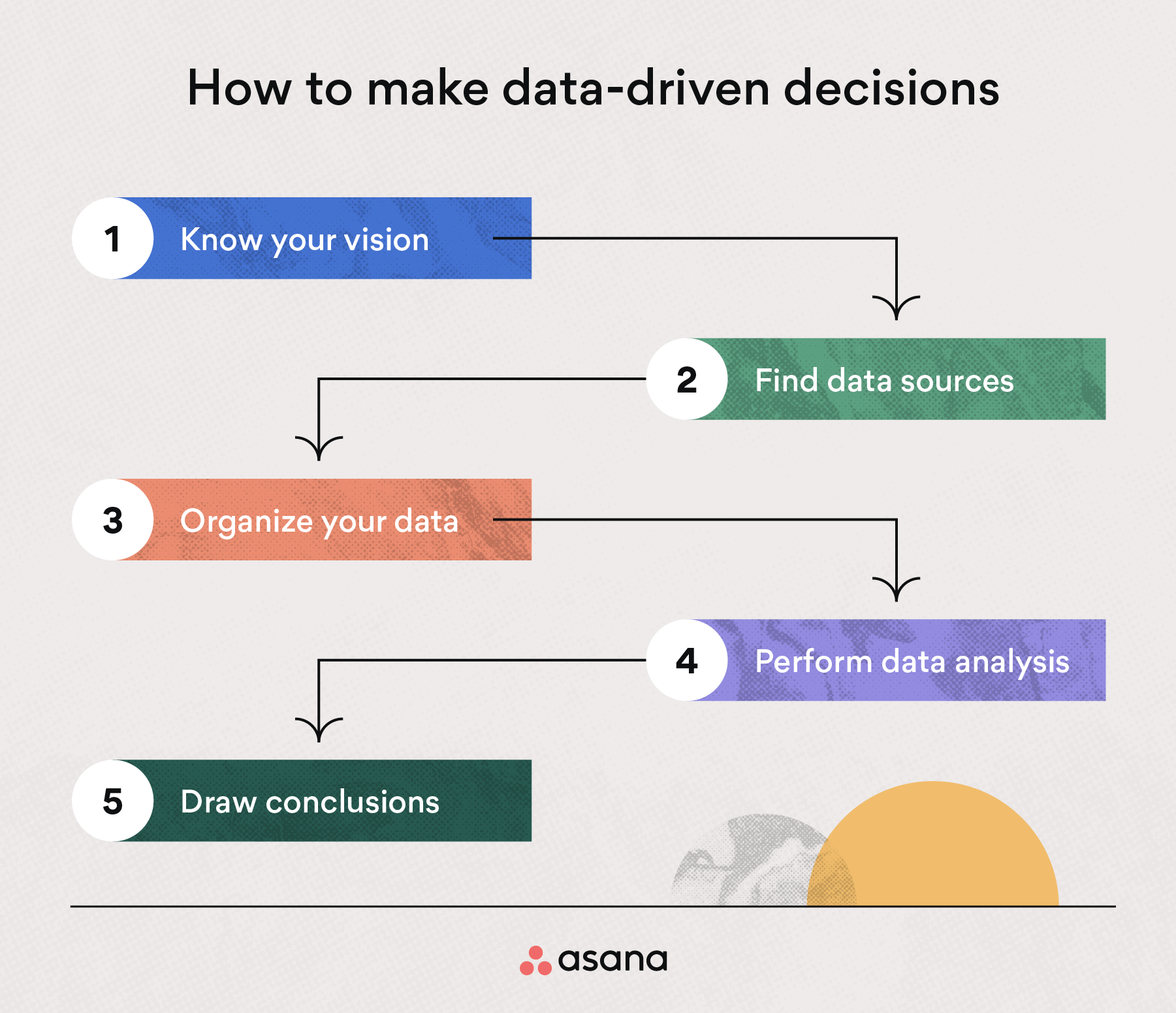
- Data Silos: Data often resides in isolated systems, making it difficult to gain a holistic view. Data integration and standardization are critical.
- Lack of Data Literacy: Employees may lack the skills and knowledge to effectively analyze and interpret data. Training and education are essential.
- Data Security & Privacy: Protecting sensitive data is paramount. Organizations must comply with data privacy regulations (e.g., GDPR, CCPA).
- Resistance to Change: Some employees may be resistant to adopting new data-driven processes. Clear communication and stakeholder buy-in are crucial.
- Choosing the Right Tools: Selecting the appropriate data analytics tools and platforms can be complex. Organizations need to carefully evaluate their options.
Best Practices for a Successful Data-Driven Culture
Creating a truly data-driven culture requires a commitment from leadership and a focus on continuous improvement. Here are some best practices:
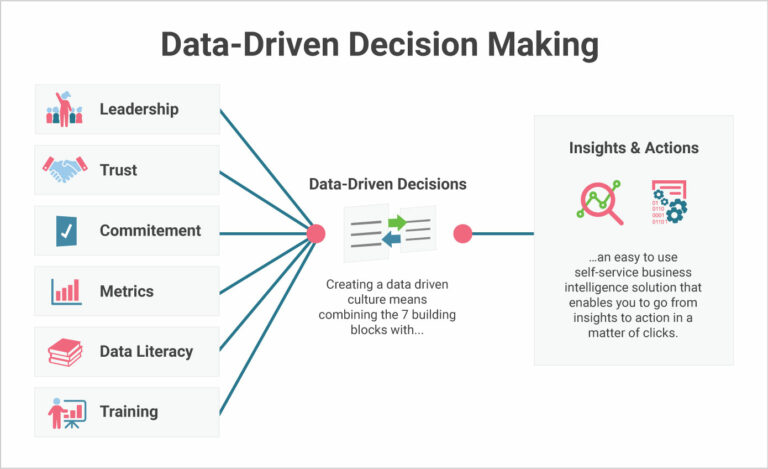
- Executive Sponsorship: Secure buy-in from senior management to demonstrate the importance of data-driven decision making.
- Data Governance: Establish clear policies and procedures for data quality, security, and access.
- Cross-Functional Collaboration: Encourage collaboration between data analysts, business stakeholders, and IT professionals.
- Data Literacy Training: Provide training to employees on data analysis techniques and tools.
- Start Small, Iterate: Begin with a pilot project to demonstrate the value of data-driven decision making and gradually expand the scope.
- Measure and Track Results: Establish key performance indicators (KPIs) to track the impact of data-driven decisions.
Conclusion: The Future is Data-Driven
In conclusion, data-driven decision making is no longer a trend; it’s a fundamental shift in how organizations operate. By embracing a data-driven approach, businesses can unlock significant value, improve efficiency, and gain a competitive advantage. The ability to translate raw data into actionable insights is increasingly critical for success in today’s dynamic marketplace. Investing in the right tools, building a data-literate workforce, and fostering a culture of continuous improvement are essential steps towards realizing the full potential of data. As technology continues to evolve, the importance of data-driven decision making will only continue to grow. Organizations that proactively embrace this paradigm will be best positioned to thrive in the years to come.
